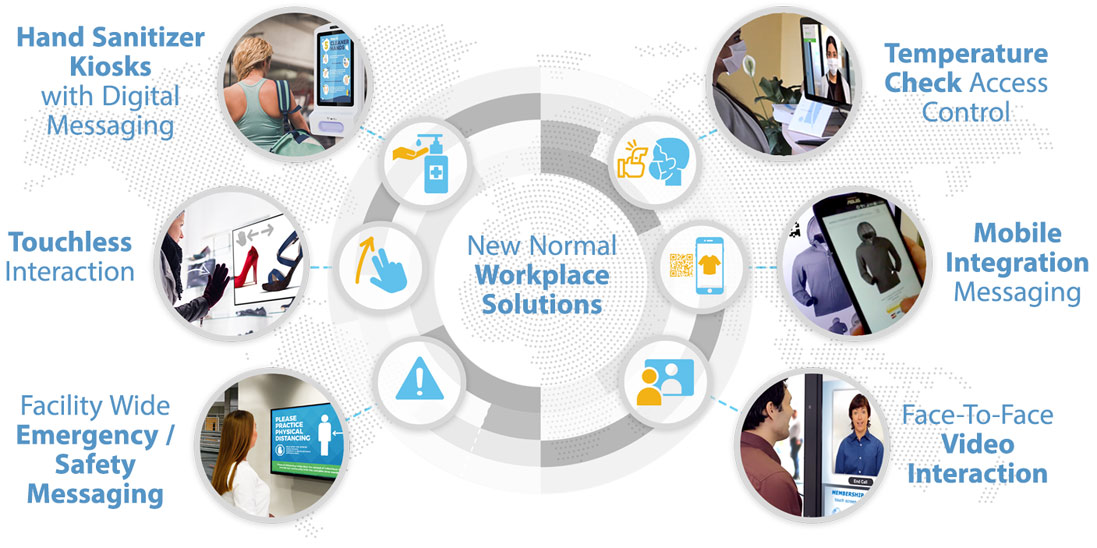Work from home is the new normal? Not so fast.
Despite the impact and dangers of COVID-19, it would be naïve to believe that the world can just flip a switch and everyone will be able to work remotely. If that were true then the economy would still be moving and the unemployment rate would not be at depression-era levels.
Putting aside the fact that not everyone has the type of job that they can do remotely, there are a number of different reasons that while work-from-home will become more common, it won’t be the normal.
Some People Don’t Want to Work from Home
Work from home works for some people, but not everyone. For some, the office is their social environment. Some are more productive at home and others find too many distractions at home. Although there will be many that embrace remote access, there will be many who will choose to return to the office environment.
Financial Considerations
Employers have invested in hardware, furniture and other office-related assets. There are multi-year leases, building ownership, and even full campuses in some cases. The real estate alone can be worth millions of dollars and selling property is always an option, but if the value of office space falls significantly due to large supply and low demand, that is not a particularly attractive option.
Philosophical Beliefs
Some employers just don’t believe in work-from-home for any reason and will ban it outright as soon as they are able. People can argue the validity of that type of decision, but it does not change the fact that some people do think that way.
Secondary Economic Pressures
Companies can’t make their decisions based on outside factors, but the fact is that there are a large number of industries that would be severely impacted by massive work-from-home. Building cleaners, local restaurants, and landscaping to name a few. In many cases there are contracts in place for those services.
Returning to the New Normal
In the end, offices will re-open and employees will return. In order to be successful employers will need to understand and address their employee’s concerns. In return, employees need to cooperate with the employer’s safety measures. Above all, everyone needs to work together or we’ll end up right back where we started. The key question is: how do companies welcome workers back to the office environment safely?
Using Technology to Adapt to the New Normal
Just like we used technology to enable those who were able to transition to work from home when the pandemic hit, employers can use technology to help transition to a return-to-work new normal. A combination of
digital kiosks with touchless
hand sanitizers and integrated
temperature checks working with networked digital displays provide levels of safety, security and communication.
Safety Starts at the Door
A digital kiosk with integrated touchless hand sanitizer and temperature check can be placed at any entrance to a workspace. For those with controlled access buildings, a successful temperature check can automatically unlock the entrance, where a failed temperature check would keep the door locked and send an alert. Kiosks can be positioned internally at key common areas like elevator banks or cafeterias where employee interaction is more likely. The hand sanitizer helps keep hands clean before entering, limiting the chances of community spread. The messaging on the wireless digital display can be a static image with basic hand washing instructions, news and alerts, HD video, or any number of other options. Hand sanitizer digital kiosks help keep your internal environments safer by helping to guard against infection from entering in the first place.
The Importance of Internal Communication
Employees in a building need to be kept informed, regardless of the nature of the work environment. In addition to its normal function, digital signage can display key information and updates in real time. They can use zoned-based layouts to customize communications to specific groups within a workplace or even issue emergency alerts.
Remote access and control mean administrators don’t have to access digital screens directly to update content or perform maintenance, removing another outside factor from entering work areas.

